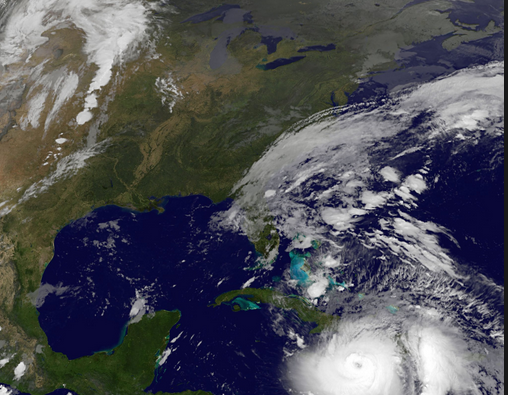Important Charleston, South Carolina Hurricane Evacuation Information

2017 South Carolina Hurricane Guide – Download Information
SCDOT Evacuation Routes for the State
Evacuation route maps and updates can be found by visiting:
- SC Department of Transportation (SCDOT)
- SC Emergency Traffic Network (SCDPS)
From SC DNR:
Who Should Evacuate?
People living in low lying areas of South Carolina’s coastal counties, as well as anyone living in a mobile home in any of the coastal counties, are required to evacuate for all hurricanes, regardless of the category. Other areas will be required to evacuate when category 4 or 5 storms threaten their areas. The Governor’s Office will make the decision on which areas should evacuate when a hurricane threatens the coast. To help you make your hurricane plan, please refer to the hurricane evacuation zone maps found in the 2017 South Carolina Hurricane Guide.
Before You Evacuate:
- Make a family communication plan using the instructions found at Ready.gov.
- Make sure there is gas in the car so that you can be ready to evacuate immediately.
- Make sure your automobile’s emergency kit is fully stocked and ready.
- Tune in the radio or television for weather updates and evacuation updates.
- Take action when you think severe weather may be moving into your area, even if no official warning is given.
- Determine your evacuation destination and write out route.
- Store home and lawn care chemicals above areas that could be flooded.
- Shut off the water to the house.
- Let people know when you are leaving and where you are going. If possible, leave contact information.
- Lock the windows and doors.
- Close blinds and drapes.
- Put plastic bags over TVs, stereos, lamps, computers, etc.
- Fill the sinks and bathtubs with water to use for bathing, washing clothes, flushing, when you return.
- Pack some clothes in plastic bags and store on high shelves
- Adjust the refrigerator and freezer to the coolest possible setting.
- Follow the instructions provided by local utility companies or emergency preparedness officials regarding the turning off of electric and gas utilities.
- Find a secure place for boats or second cars. Place under cover if possible.
- Trim trees and shrubs of weak limbs.
- Cover windows and doors with shutters or plywood if possible. If that is not possible, place large strips of masking tape across the windows to reduce the possibility of flying glass.
- Bring inside or otherwise secure items outdoors such as lawn furniture, bird feeders, bicycles, grills, propane tanks and planters.
- Check on your neighbors, especially the elderly to make sure they do not need assistance in evacuating.
- Put your survival supplies in the car. If officials order an evacuation, leave as soon as possible, preferably during daylight.




What if you do not have a car, and do have any way to go
Here are a list of emergency contact numbers to assist with your inquiry Angelia – http://charlestondaily.net/important-hurricane-information-phone-numbers-and-media-sites/
Buses to assist with evacuation are also provided from spots all over Charleston. This information starts on page 24 of the 2017 South Carolina Hurricane Guide, which you can download here: https://www.charlestoncounty.org/departments/emergency-management/files/hurricane-guides/2017-Hurricane-Guide-Color-Full-Size.pdf
I’m leaving Summerville if we have to evacuate and going to Anderson or Clemson. Which route is best?
My daughter is there. I am concerned!!!
I am leaving tomorrow but my daughter and son-in-law say they are waiting until Sunday. Is this risky?
It is difficult to say. It is expected to get bad late afternoon on Sunday, but the model could change. They will deal with traffic on Sunday anytime most likely.
I’m in Florence, SC which is only 45 minutes from the coastal line AND I live in a mobile home. It is best that I evacuate, correct?
Tristen, the track of the hurricane is moving west toward Georgia, but it is so wide, the effects will be felt and the track can change. We recommend being safe and if possible move to a location that is further away from the projected path. Also, continue to check local news.